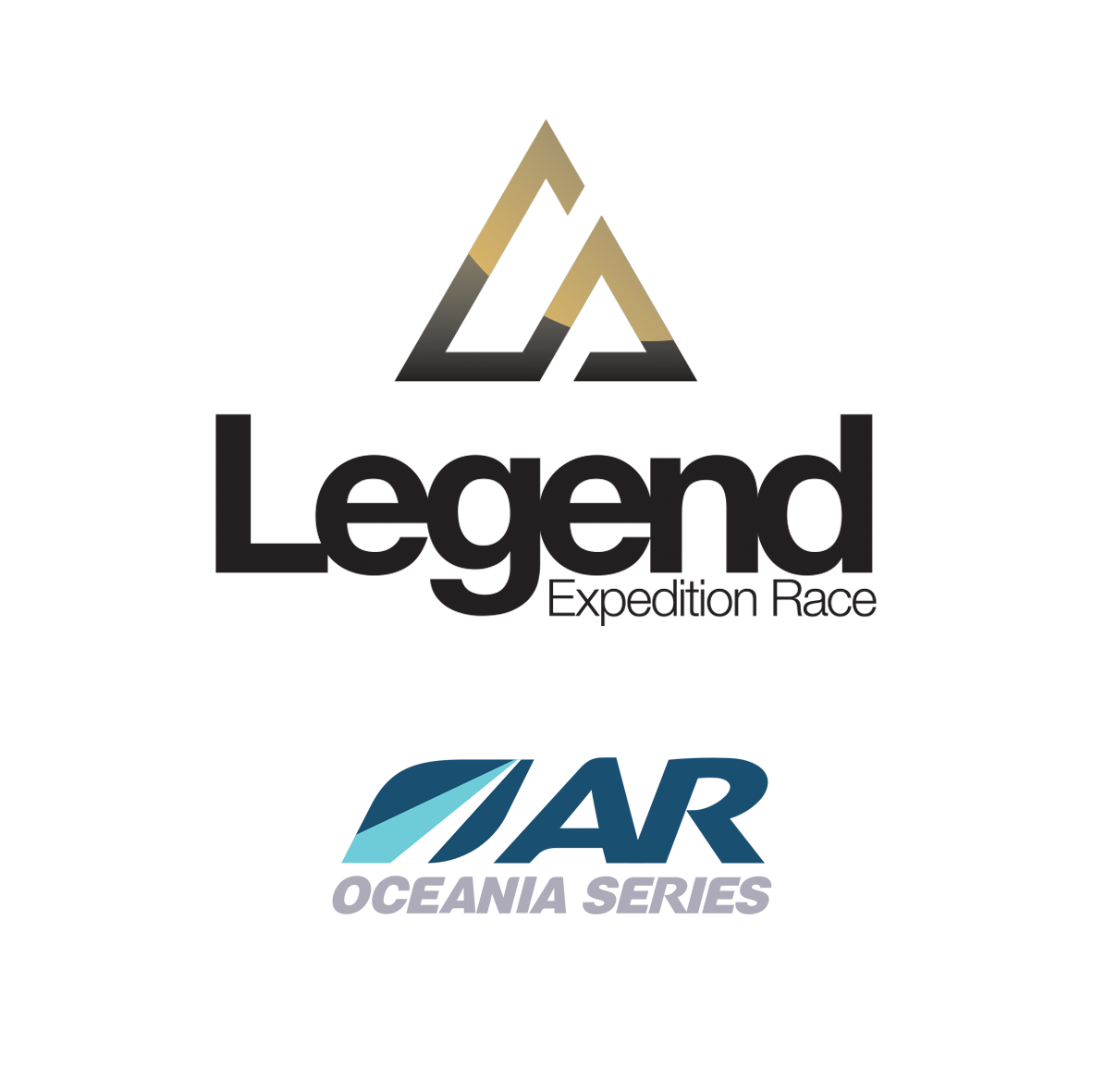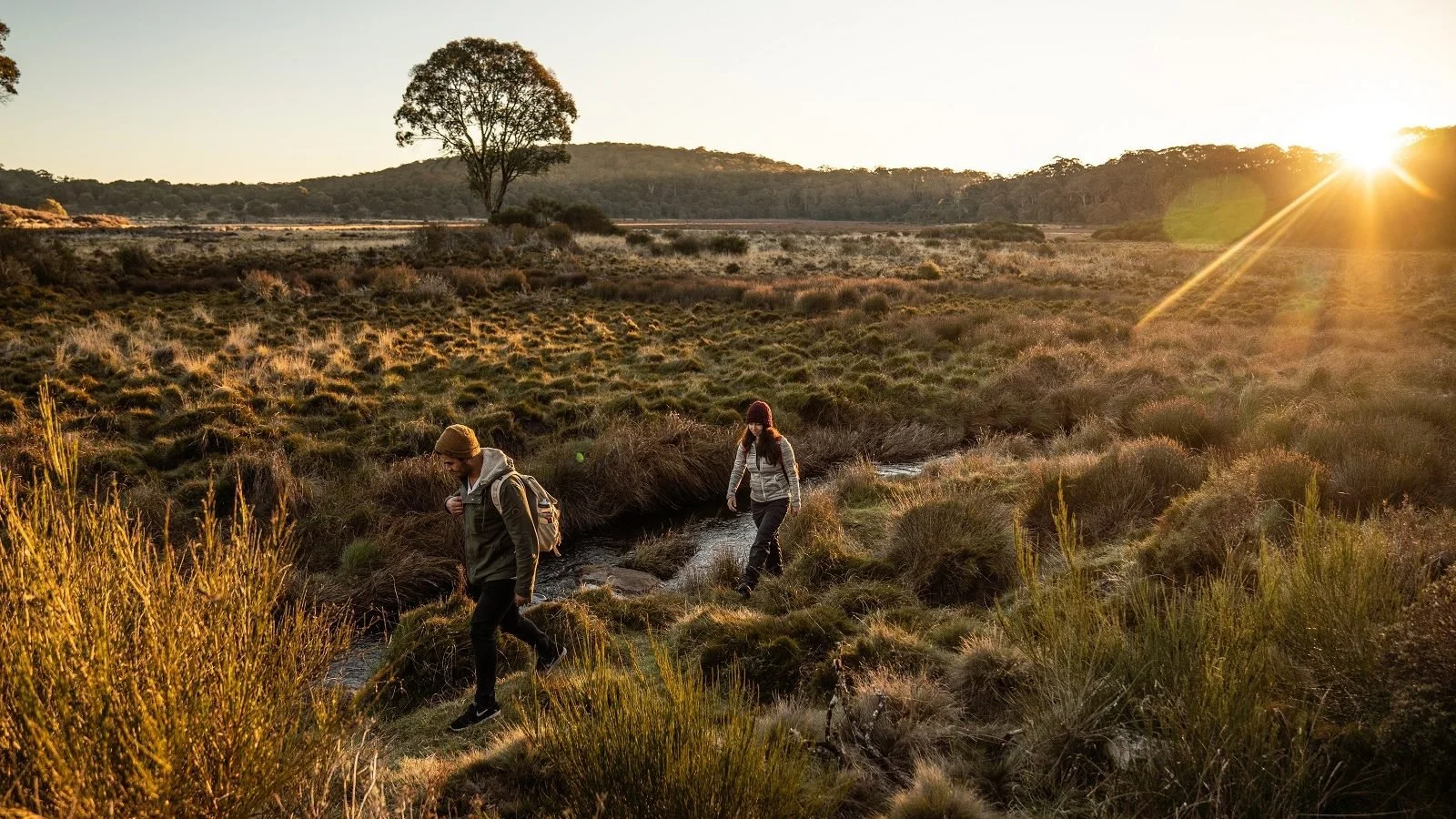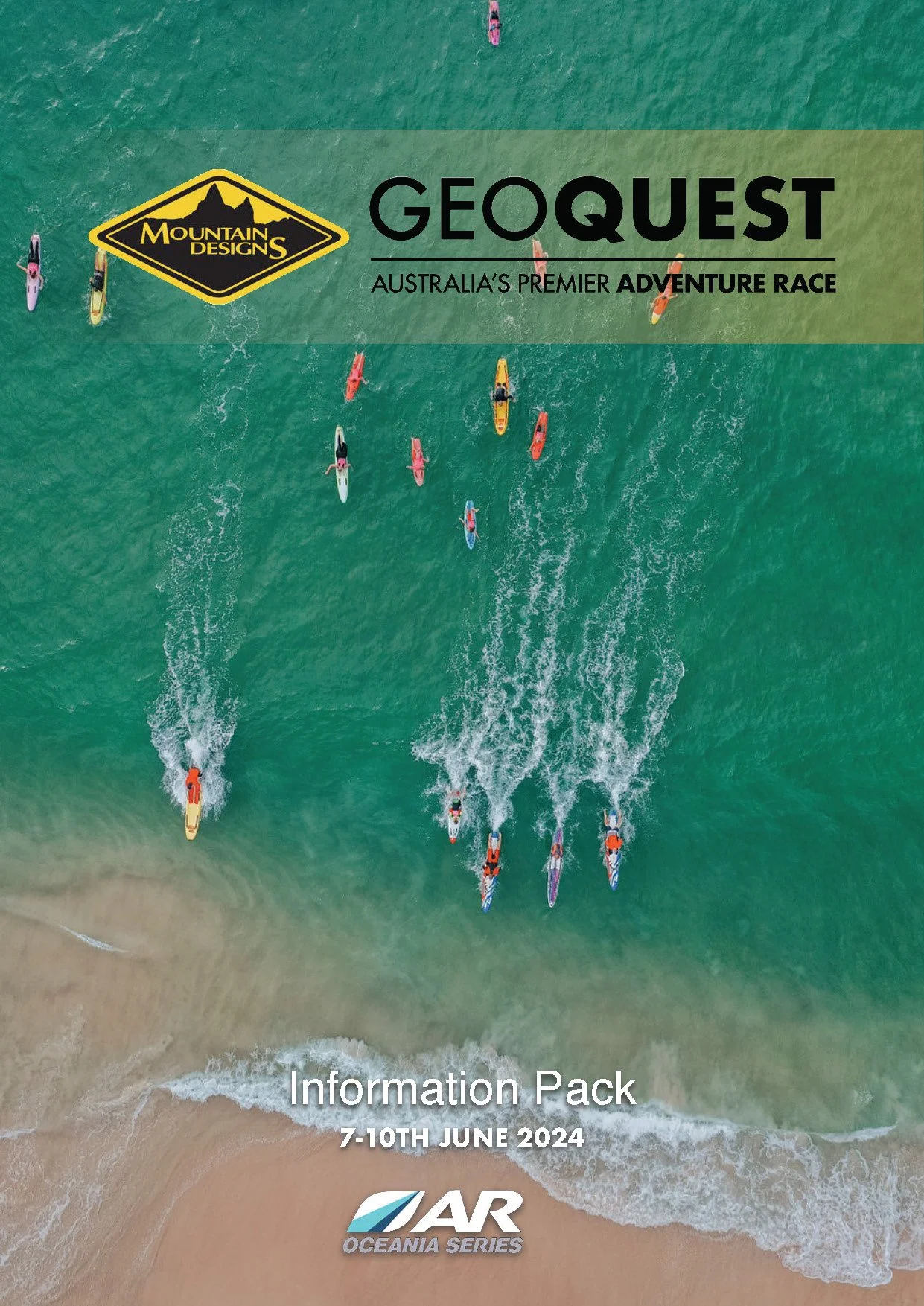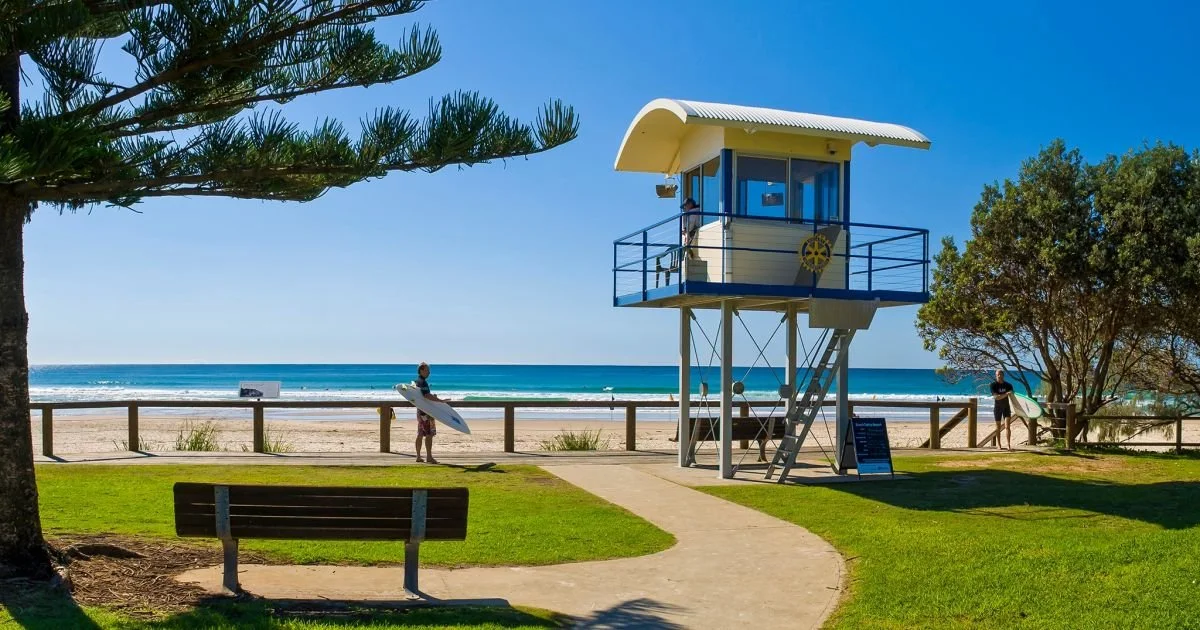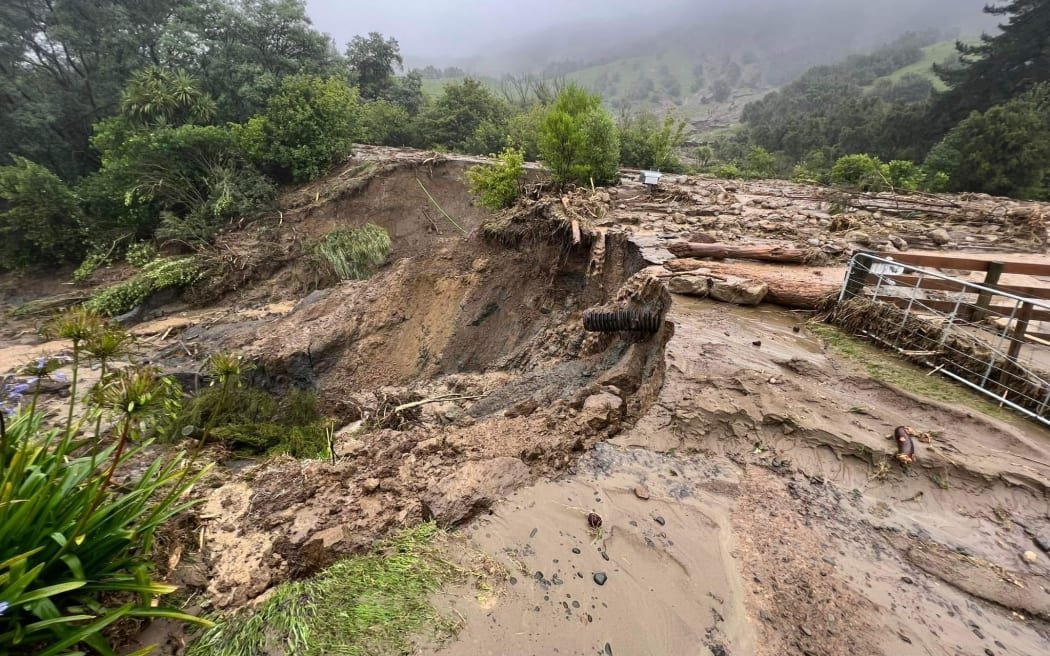‘More Training Required’ might reasonably have been called ‘More People Required’ up until the week before the race. Matt was injured in an event in May and we thought that he would be fit for the GEO – but it was not to be. Tim had been roped in earlier but we were now down to two – Tim & Charlie – not even enough for a start.
So, to the website and Paul, who bravely agreed to race with us at short notice. This was as much as we had hoped for – but very late in the day (the weekend before the race) Hal equally courageously answered the call and all of a sudden we could rank as a team. What’s more, Hal wasn’t just pleased to see us he did have a canoe in his pocket! Two canoes in fact (Hal’s got pretty big pockets), saving us a logistic headache and several additional hours of driving.
So, the advance party arrived in Eden, organized gate codes and ate pizza. The main body arrived at various permutations of ‘oh my god it’s early’ and we were complete.
Now, here’s a thing: We arrived with bikes cleaned, prepared and recently serviced by (assume John Laws voice) ‘our good friends at Bike Addiction’ so there was nothing to do other than put the lights on and check tyre pressures and tool kits. But on Friday morning we saw everyone else stripping, servicing, spraying and generally fiddling and felt constrained to do the same. Surely this is simply a manifestation of pre-race nerves – a desire to do something rather than sit around and wait. Or am I – an AR new boy – missing a point. Maybe that’s why Team AROC finished nearly a day in front of us.
Competency and equipment checks complete and following a surreal briefing from the NPWS we received the course and got down to the business of planning the route. Our plan was to mark the maps, contact them and then have dinner at the Fisho’s club in Eden. Said plan not helped by those inconsiderate buggers who went and got pizza! Still, it was eventually done – our support crew doing exemplary work with the contact and generally setting the scene for their utterly superlative performance during the race.
Out through the surf on a cold Saturday morning and into a spectacular day – a perfect day for a paddle. Somehow, my footplate had come dislodged during the entry and slipped a long way down the boat. I’m not overly endowed in the leg department and had to slide a long way forward to reach it (important as I was supposed to be steering). Still, with only a small amount of winging on my part we made it to CP1 and I could adjust it properly – improving both the boat speed and my comfort at a stroke. Tim took some big hits for the team here – he was seasick the whole way (the first person I have ever met who has been seasick in a kayak) – but managed to save some of the big bits for later.
Back through the surf – both boats onto the beach intact and upright. Hal wins the ‘Brace’ award with a textbook example to prevent his boat from rolling in the lumpy seas. This was caught in an excellent photo sequence by our intrepid photographer – although it suggests the boat rolled which it didn’t.
Following a reasonably quick transition we were into the snorkeling. Late enough in the proceedings to not have to attempt CPs 4 & 5, we headed up to the other end of the beach. I swim with all the grace and fluid-dynamic perfection of a house brick so I thrashed around in the middle of our team while the aquanauts found the checkpoints.
Another transition and off to Mount Imlay. The spirits got us here: Tim and I were lead navigators at this point and we didn’t pay enough attention to our compass (and too much to a likely looking track). Still, we didn’t let ourselves go too far wrong before re-adjusting and getting onto the proper track. Designated ‘overgrown in places’ on the master map it could well have read ‘visible in places’ instead. We managed to get off the mountain in daylight and with a (modesty aside) neat bit of team navigation hit the bike transition at CP13 without any further dramas. The bike leg was cold but largely uneventful. Paul wins the ‘first night navigation prize’ for selecting the longer but much easier and faster route to CP17 and the less said about the push under the power lines the better.
Into the transition at the end of leg three and we were starting to feel the pace. Cold, tired and hungry we spent too much time in the transition. But it’s tough to leave when the ministering angels that are support crew are pandering to your every whim. We eventually got our act together and got on the road. On the track to the transition at CP22 we were all feeling sleepy so Tim suggested a game of ‘who am I’ to revive our flagging spirits. When it was my turn I chose Genghis Khan and Guy Fawkes guessing (correctly) that I didn’t have to be too accurate with my answers because no one else knew either. It kept us going for half an hour until dawn and the adventuregaine planning at CP22 came to our rescue.
The adventuregaine was fairly straightforward (if a bit slow) until I tried to finesse one of the checkpoints (the one with the Pringles for those in the know). A predictable result that probably cost us an hour – and when we finally went back to a known start point and did it properly it only took us 20 minutes. The bike component was a bit lumpy but not taxing from a navigation point of view, although the bikes were covered in dust from the rally that had been going on for most of the afternoon.
Into the transition at the end of leg four and another extended break. Things were starting to take longer now but we got off to a reasonable start with CP24 and then headed up to CP25. We were all a bit wobbly on our feet at this stage and took a fifteen minute power nap to restore ourselves. Astonishing how, although you are still tired, a short nap can dispel your sleepiness. CP25 was Jurassic Park and an overly conservative approach cost us more time although we nailed it in the end. CP26 was one of our best check points and we found it quickly, but we were starting to run out of time. We got down onto the beach and headed north, electing to forgo two checkpoints in order to keep pushing on to CP29 and the final kayak leg. We were all carrying a few ailments by this time: Paul, Hal & I had various interpretations of chafing and sweat rash and Tim was inflicted with an entirely unreasonable good humour. When we got to CP29 we found that surf had forced the entry to be changed and the support crew, who had had to carry the heavy boats down steep stairs to the water, had been required to carry them back up again and move them to another location with an even longer carry.
Finally onto the water again and grateful to be sitting down. It was about an hour before dawn and the sleep monsters bit hard. Both Paul and I had to strive to stay awake – splashing the chilly waters of Lake Pambula on our faces to prevent ourselves nodding off. Falling asleep in a kayak (even one as stable as a mirage) can have lamentable consequences. At this late stage in the race I became convinced that the surface of the water was covered in small alpine chalets some of which also had signs designating them as oyster leases. Luckily the sun came up clearing our heads and warming our backs. After a little confusion borne from tiredness at the start, we quickly found the two CPs on this leg – the boats gliding smoothly and fast across the still water and carrying us into the transition at CP 33.
Away from CP33 and on the final leg. My spirits lifted here – I knew we would go the distance and finish from this point. Conscious of the looming 52 hour cut off (which we were still trying for even though the delay at CP29 had bought us a reprieve) we elected to miss CP34 and push for home. We arrived at the finish at 11.07, 52 and a bit hours after starting and to a hearty round of applause from those teams who had already finished and were awaiting Craig’s presentation. We inhaled bacon, sausage and egg sandwiches and orange juice and applauded team ARROC’s win – their time nearly a day shorter than ours. But we were very happy: We, a scratch team, completed the event as a team, without a cross word, without any significant injuries and all keen for the next event. Sure, we need to get slicker in the transitions, tighten up our navigation and go faster on both the trek and bike legs, but we fulfilled all of our expectations and we’ll be back (after more training) better and faster next year.
A few words about our support crew (Jen, Jen and Katrina the 4WD woman) collectively known as ‘The Goddesses’, and about support crews in general.
If you, dear reader, are not a racer try this: Go to your significant other and say ‘because I have a mental disorder I am going to do this thing where I stay up for two days and travel 200km or so, using bikes, kayaks and on foot. I need someone to load, unload and transport this stuff around the place for me, think and plan ahead, be more organized than I can hope to be, have equipment and hot food waiting at unpredictable times when I arrive in transitions – often later than I predicted, look after me, do some thinking for me about equipment and race-food when I start to get tired, respond to the unexpected, stay up most of the night, get cold, cheer me on, hug me at the end (when a dung beetle which was down on its luck and had really let itself go wouldn’t want to get within 10 feet) and a whole lot of other stuff that goes on quietly and efficiently behind the scenes that I never know about. Oh, and drive most of the way home afterwards. I want that person to be you’. If the answer is ‘yes’ become an adventure racer – you’ve done the hard part, the racing bit is easy.
Those of us who have never been support crew don’t really understand all that it entails. We only know that you do it brilliantly, that we couldn’t race without you and that we love you for doing it (even those of you who have to shave your face!).
Charlie
More Training Required







